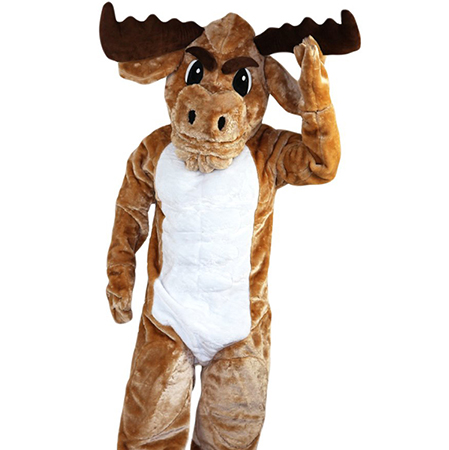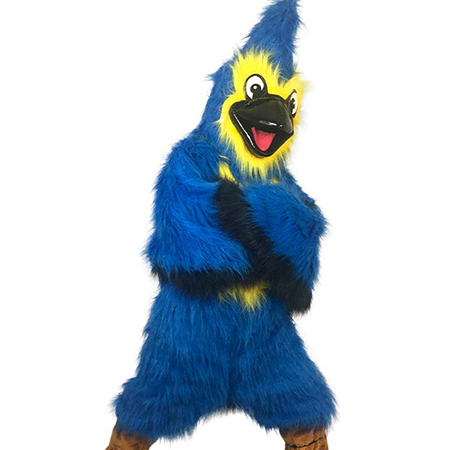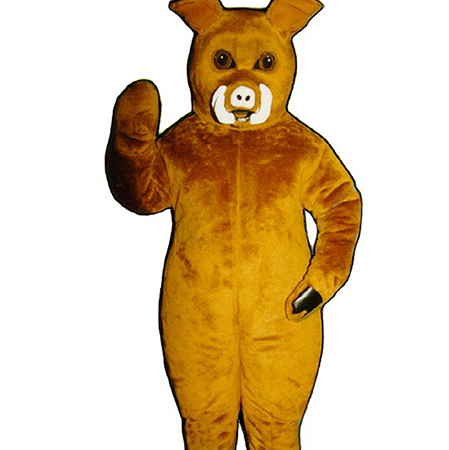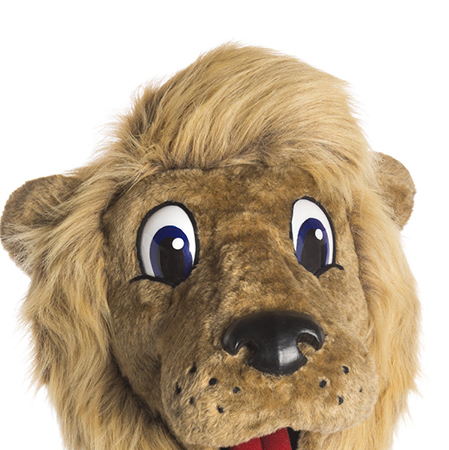Mascot costumes are an integral part of entertainment, sports, and corporate branding. These costumed characters often become beloved figures, representing teams, organizations, or themes with a vibrant presence. However, the design of these mascot costumes must tread carefully to avoid cultural appropriation—the act of adopting elements of one culture by members of another culture, often without permission or proper understanding. When done thoughtlessly, this can lead to offense and misrepresentation.

One key aspect of avoiding offensive mascot costume designs is thorough research. Understanding the cultural significance and context of any symbols, colors, or motifs intended for use is essential. A simple internet search or consultation with cultural experts can provide valuable insights. Misusing cultural symbols can perpetuate stereotypes and show disrespect for the traditions they represent.
Incorporating feedback from representatives of the culture being referenced is another crucial step. This not only validates the design but also demonstrates respect and sensitivity. Engaging with community leaders or cultural consultants ensures that the portrayal is accurate and acceptable. For example, if a mascot costume is inspired by Native American culture, involving Native American communities in the design process can prevent misuse and ensure authenticity.

Moreover, it’s important to consider whether the design might reinforce harmful stereotypes. Mascot costumes should celebrate rather than diminish the cultures they represent. Using exaggerated or caricatured features can reduce complex, rich cultures to simple, often derogatory, images. Instead, focus on creating designs that honor and respect the culture’s true essence.
Transparency about the inspiration behind the mascot costume is also beneficial. Providing background information about the cultural references used in the design helps educate the audience and shows respect for the origins of the costume. It allows for an open dialogue about cultural heritage and its representation, fostering a deeper connection between the mascot and its audience.

Additionally, being prepared to make changes based on feedback is crucial. If concerns are raised about a mascot costume design, being open to adjustments shows a commitment to cultural respect. This adaptability reflects an understanding of the importance of cultural sensitivity in public representations.
Ultimately, the goal is to create mascot costumes that are fun, engaging, and respectful. By prioritizing thorough research, seeking input from cultural representatives, avoiding stereotypes, providing transparent background information, and being open to feedback, designers can craft mascots that celebrate diversity without causing offense. Thoughtful consideration and respectful engagement are essential in ensuring that mascot costumes contribute positively to cultural representation and appreciation.

